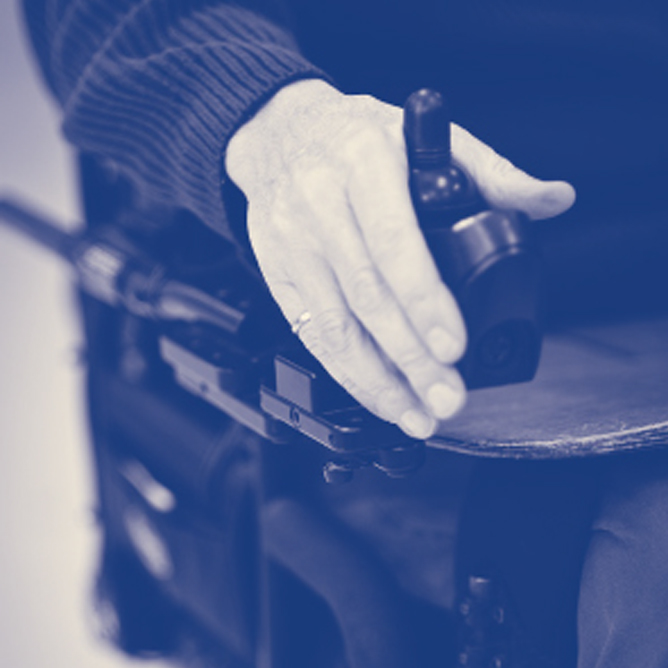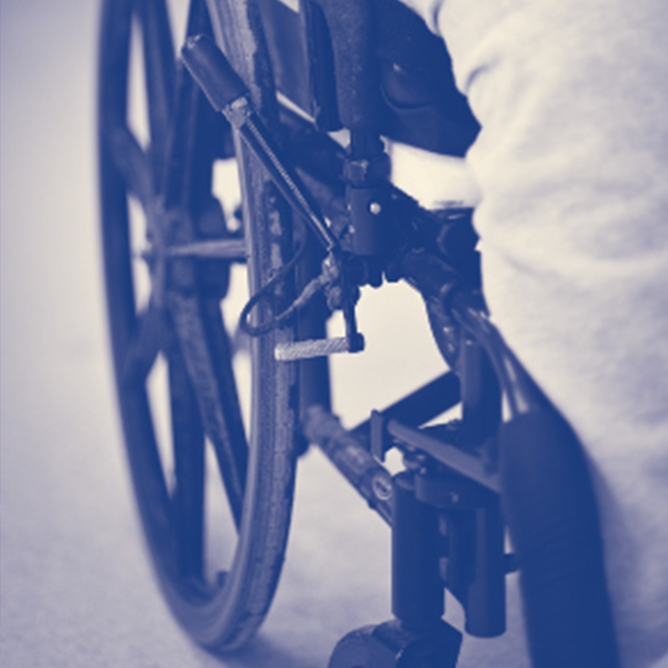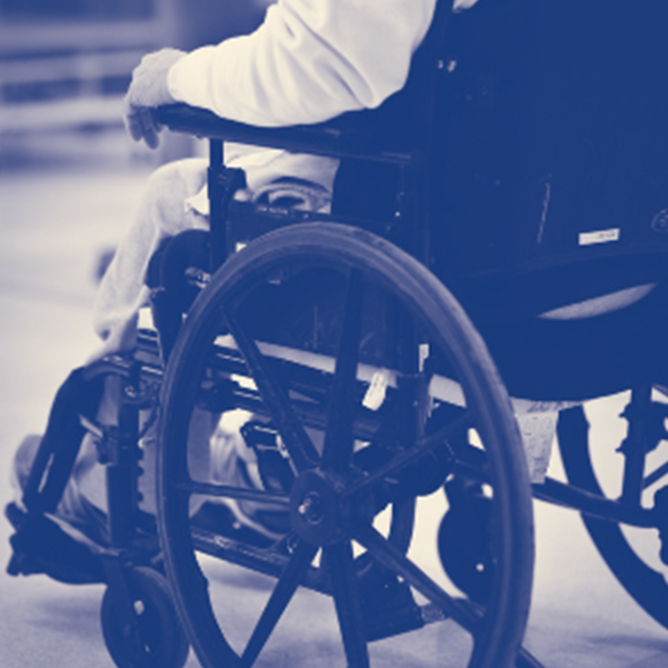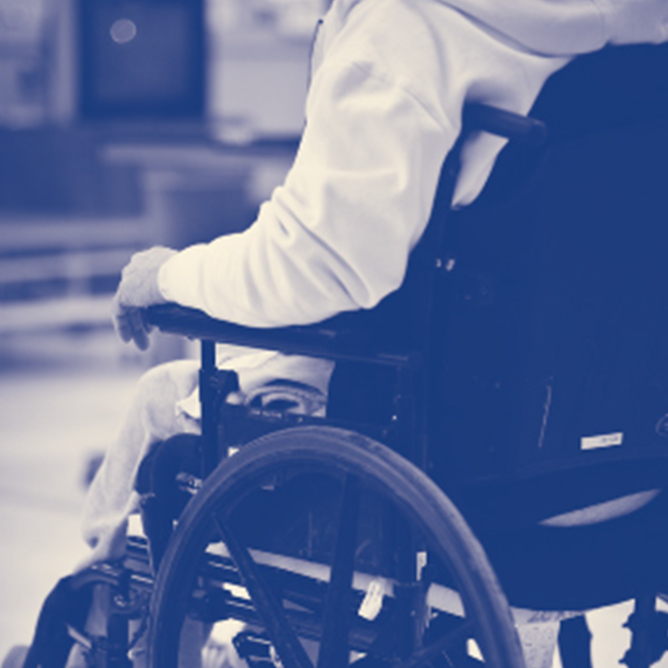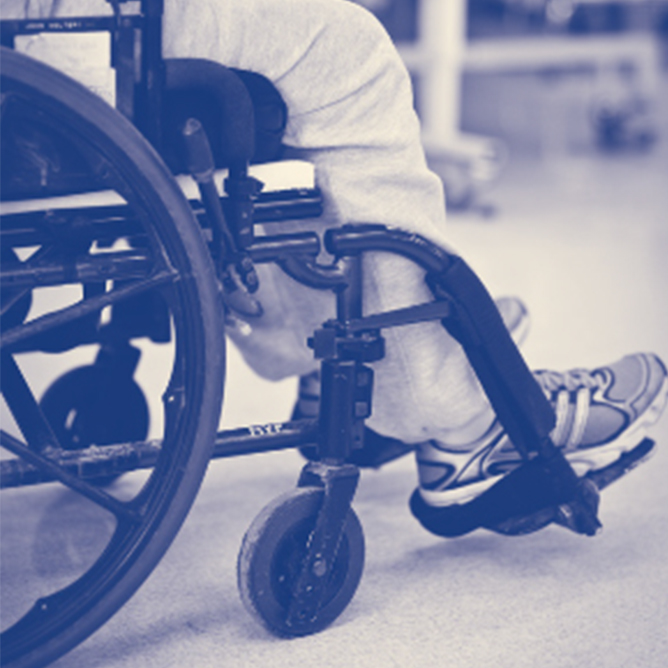
4. Recognizing Urinary Tract Infections in SCI Patients
Diagnosis of UTI in SCI requires three criteria: (1) significant bacteriuria; (2) pyuria; and (3) signs and symptoms

7. Annual Assessment of Neurogenic Bowel
Conduct an annual assessment of bowel function in patients with SCI
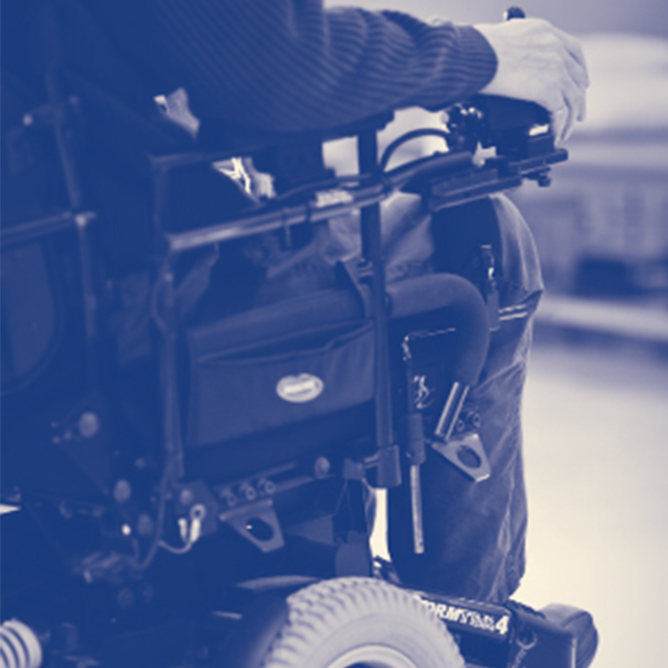
10. Screening for Colorectal Cancer in SCI Patients
Screen patients with SCI for colorectal cancer using same guidelines as general population

13. Autonomic Dysreflexia
Signs and symptoms of AD include sudden hypertension, headache, and bradycardia
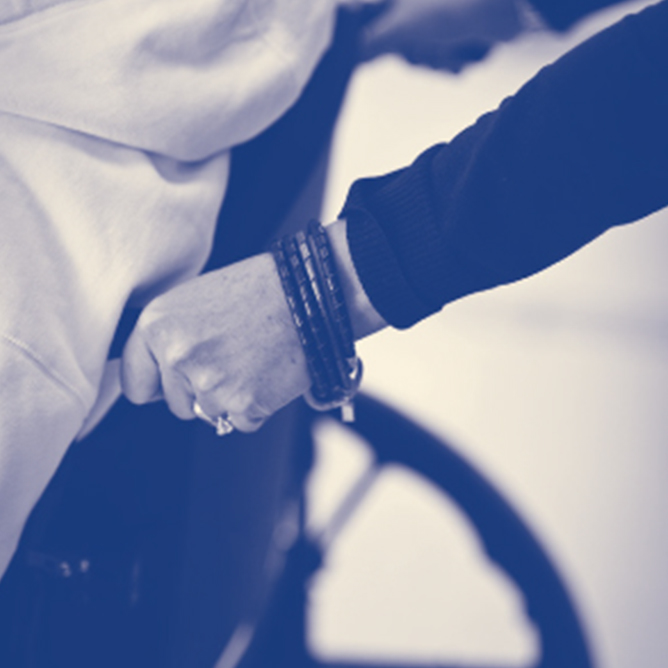
16. Treatment of Skin Breakdown
Treat stage 1 or 2 wounds with nursing intervention. Treat stage 3 or 4 wounds with specialist surgical intervention




